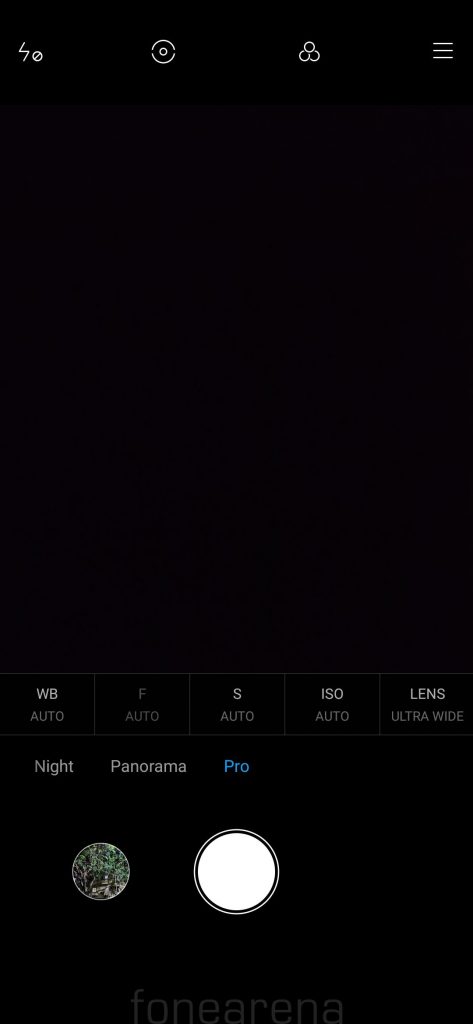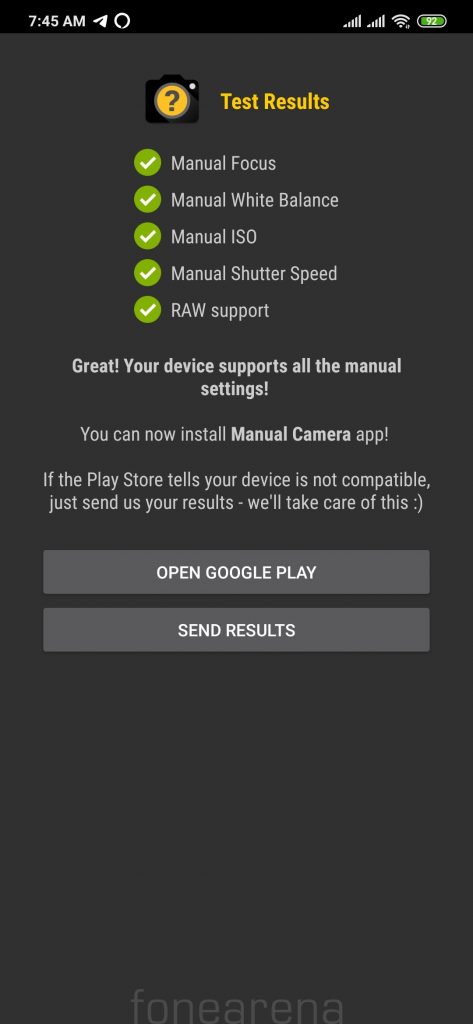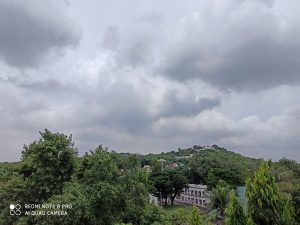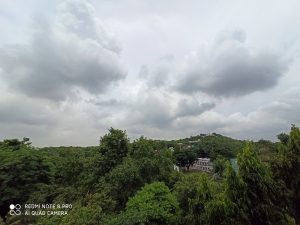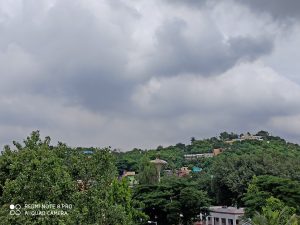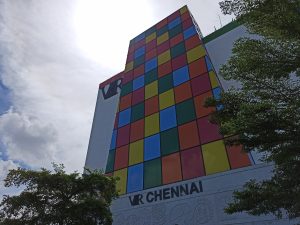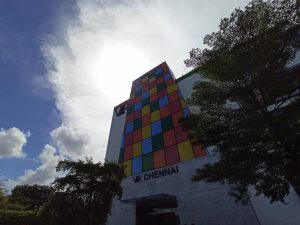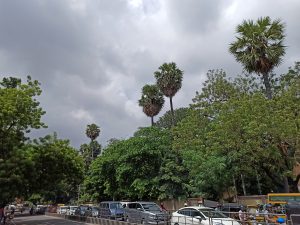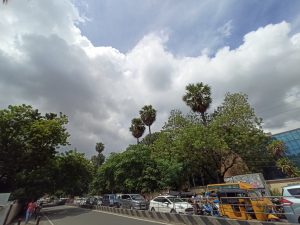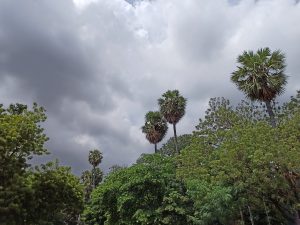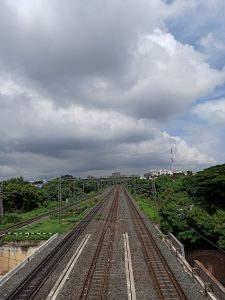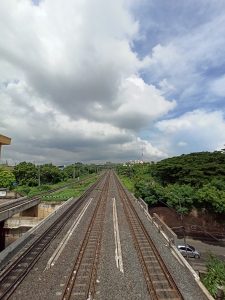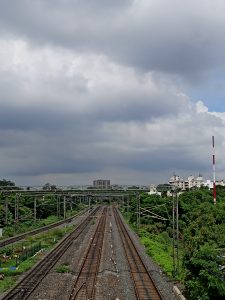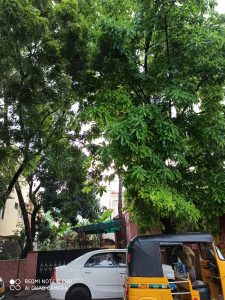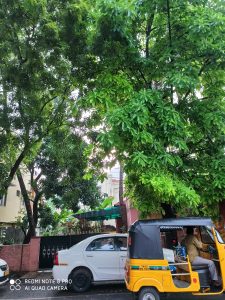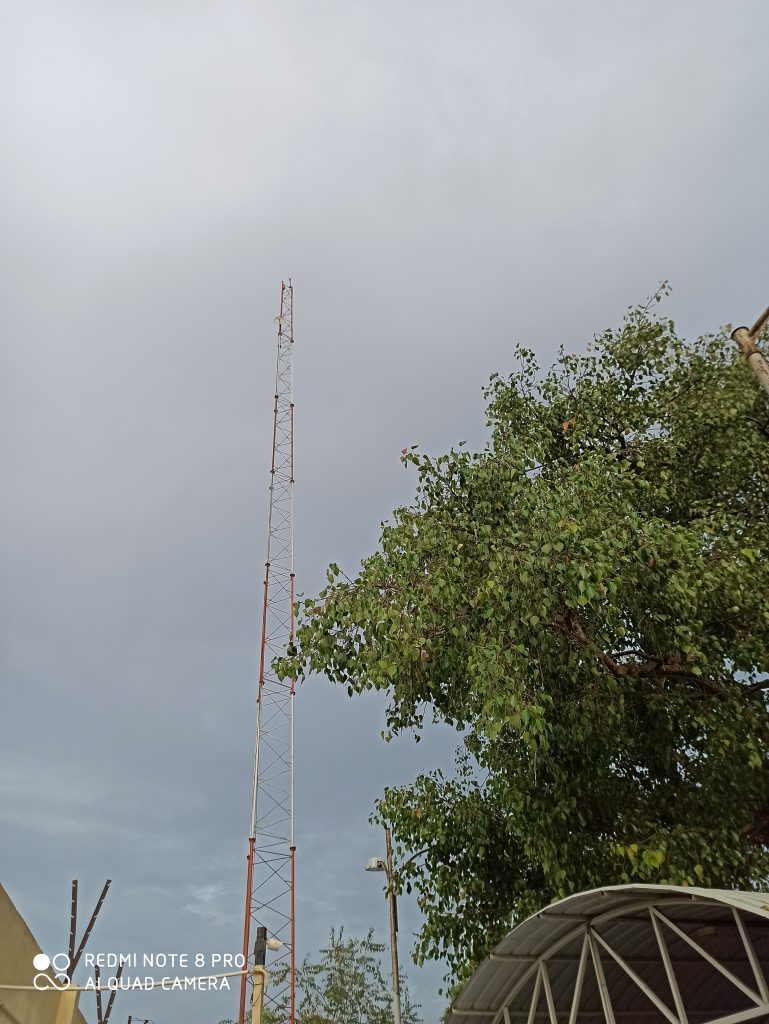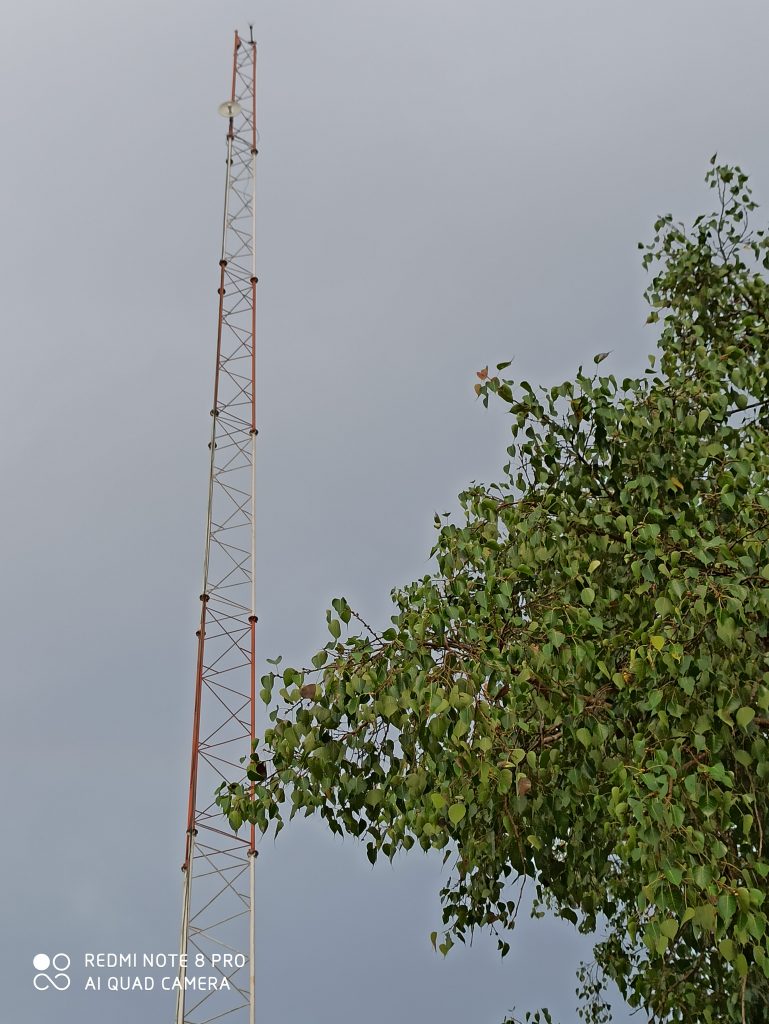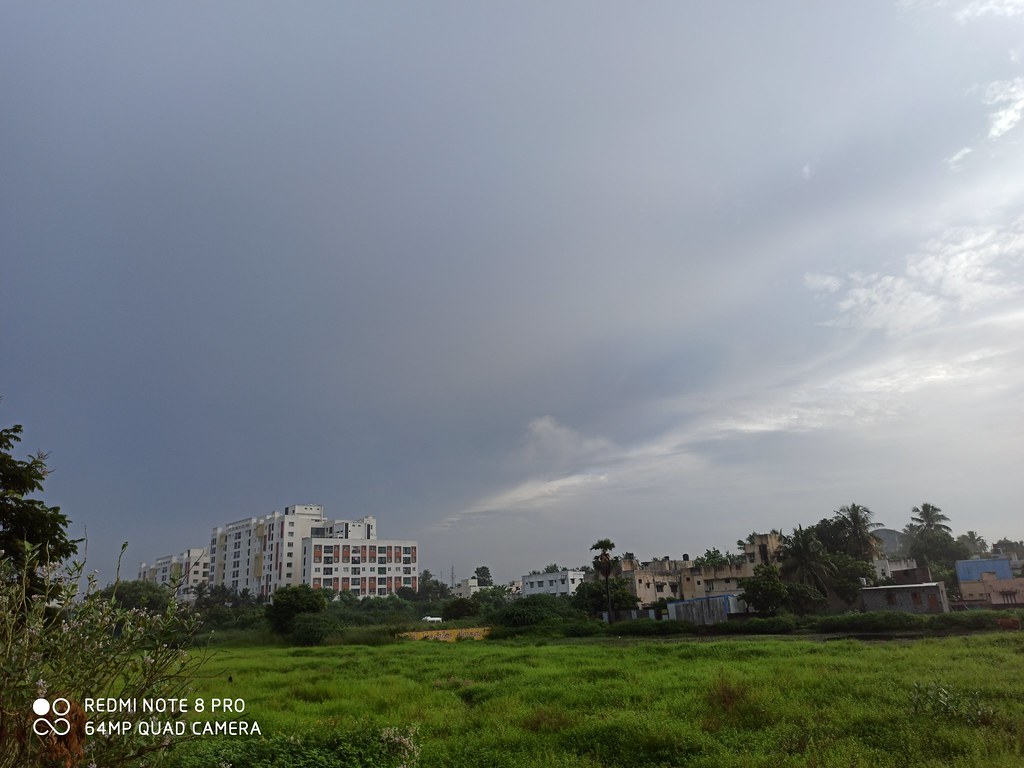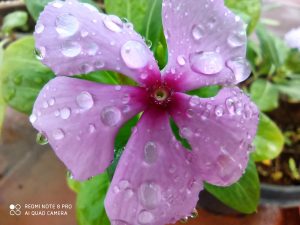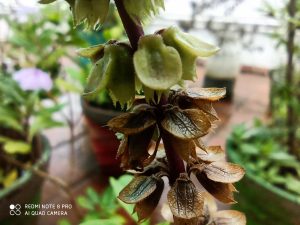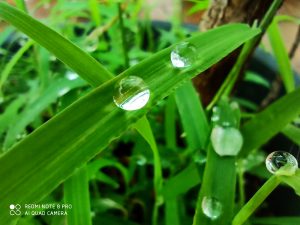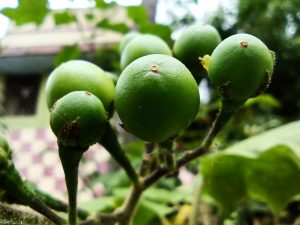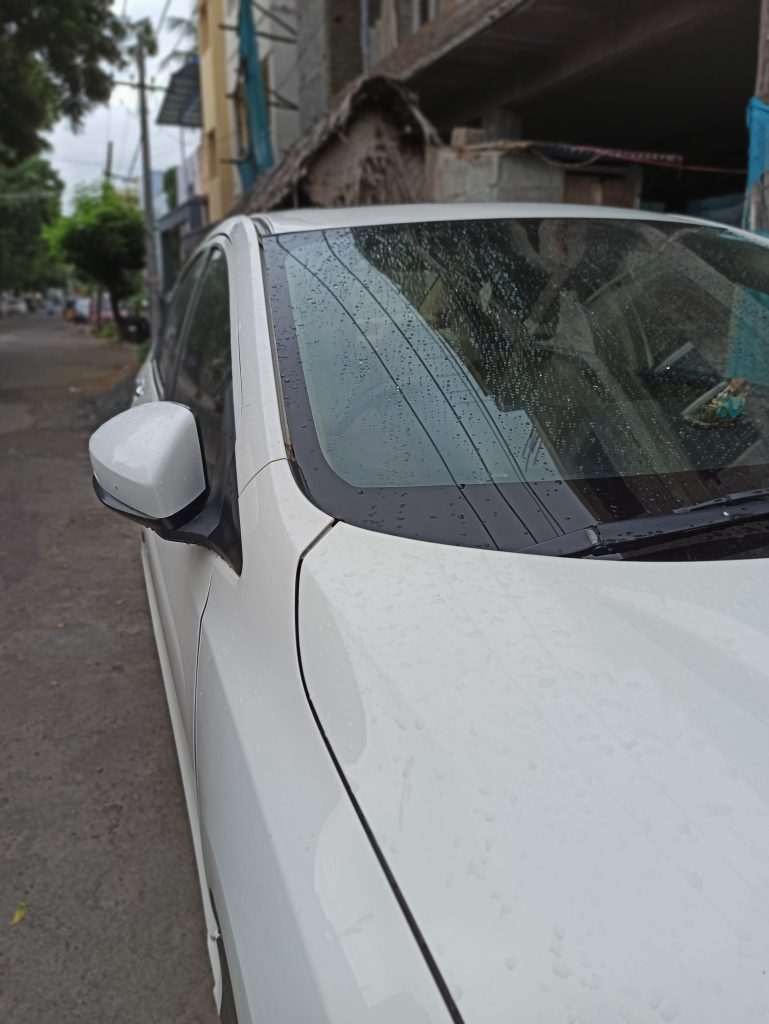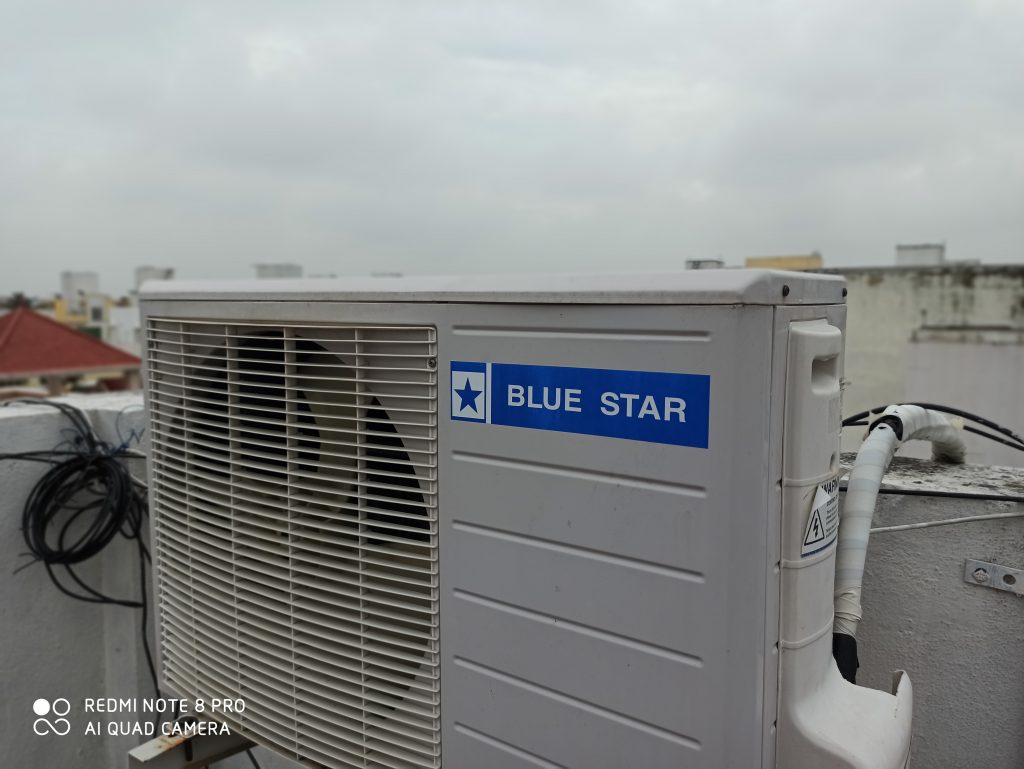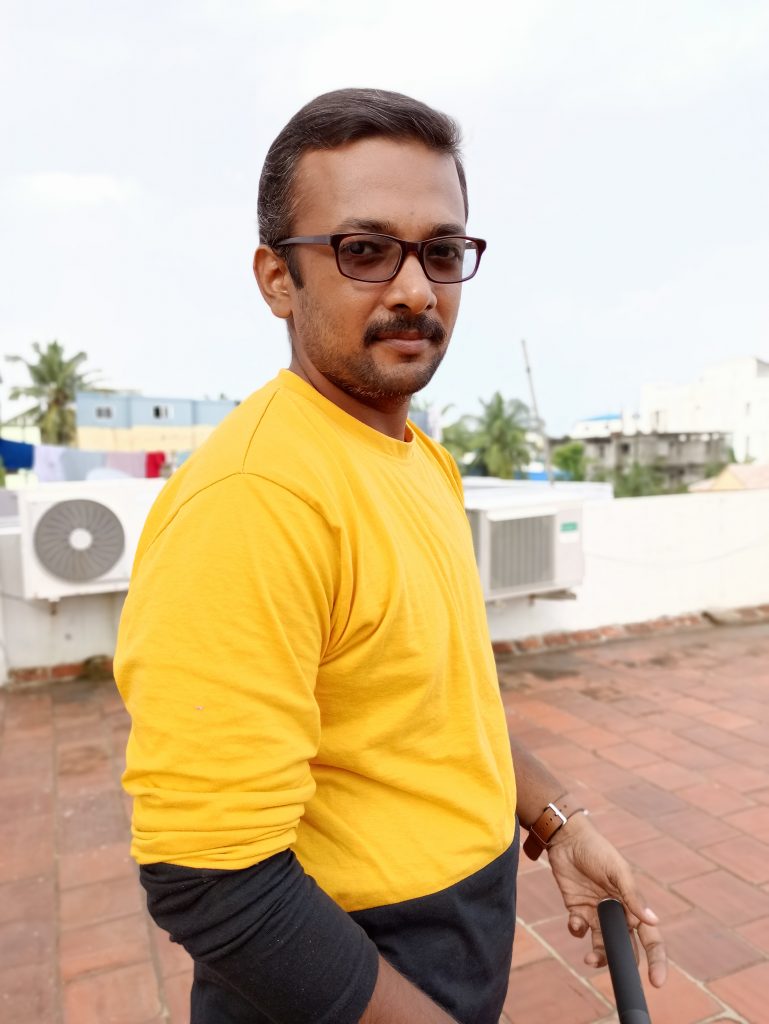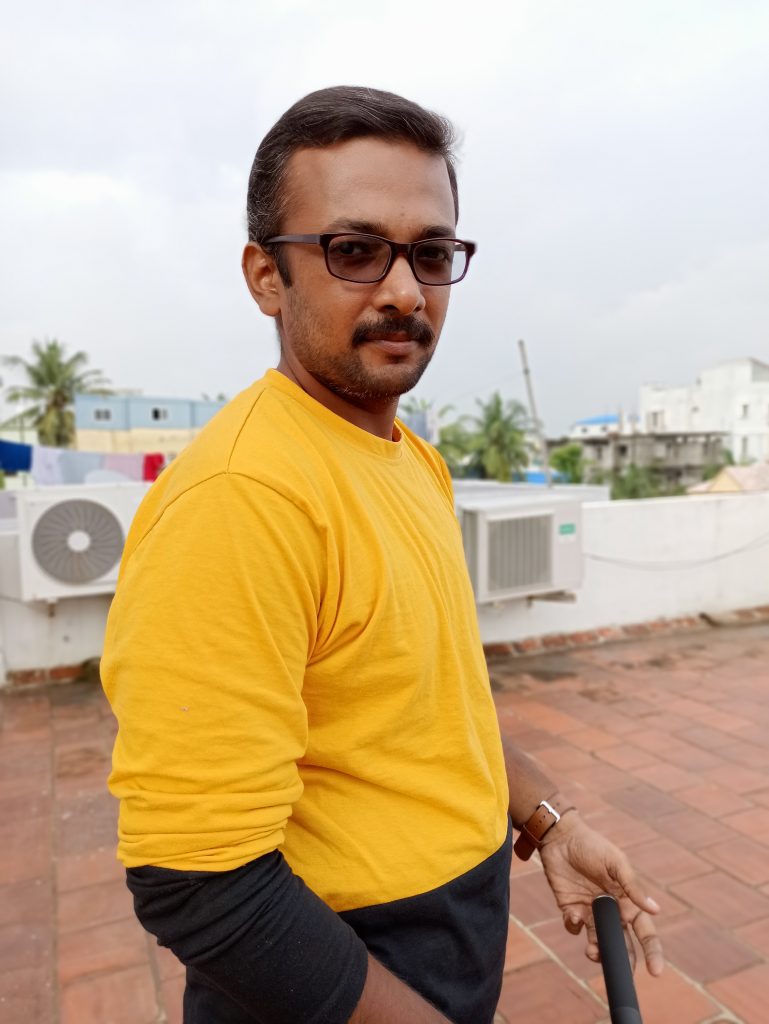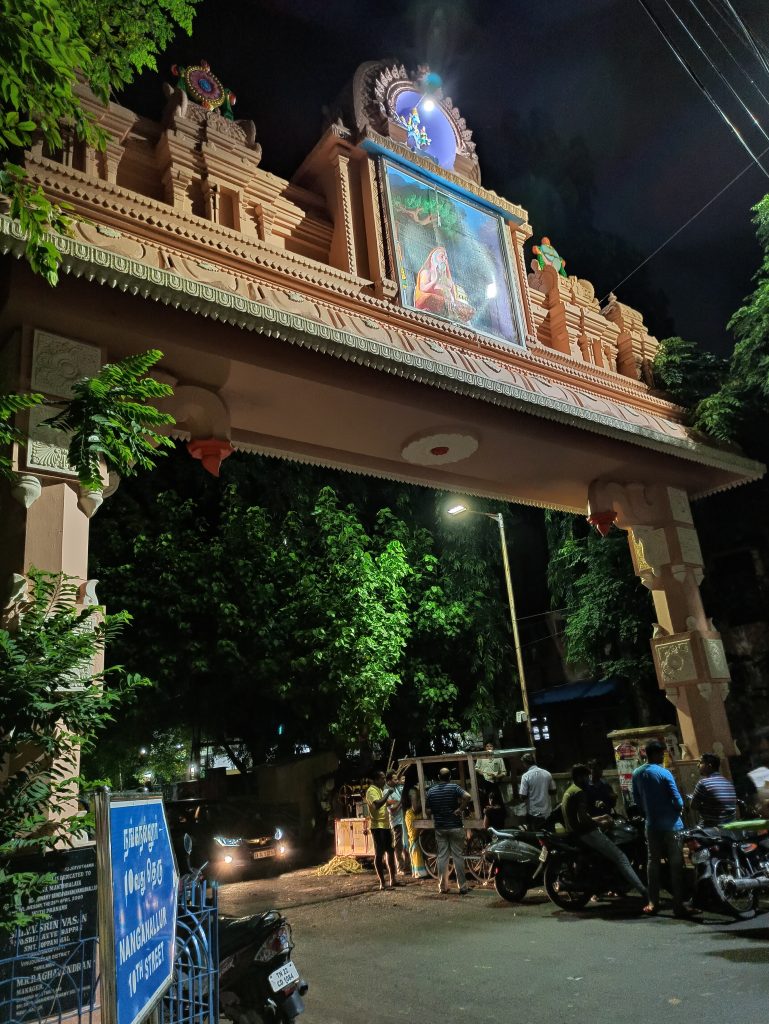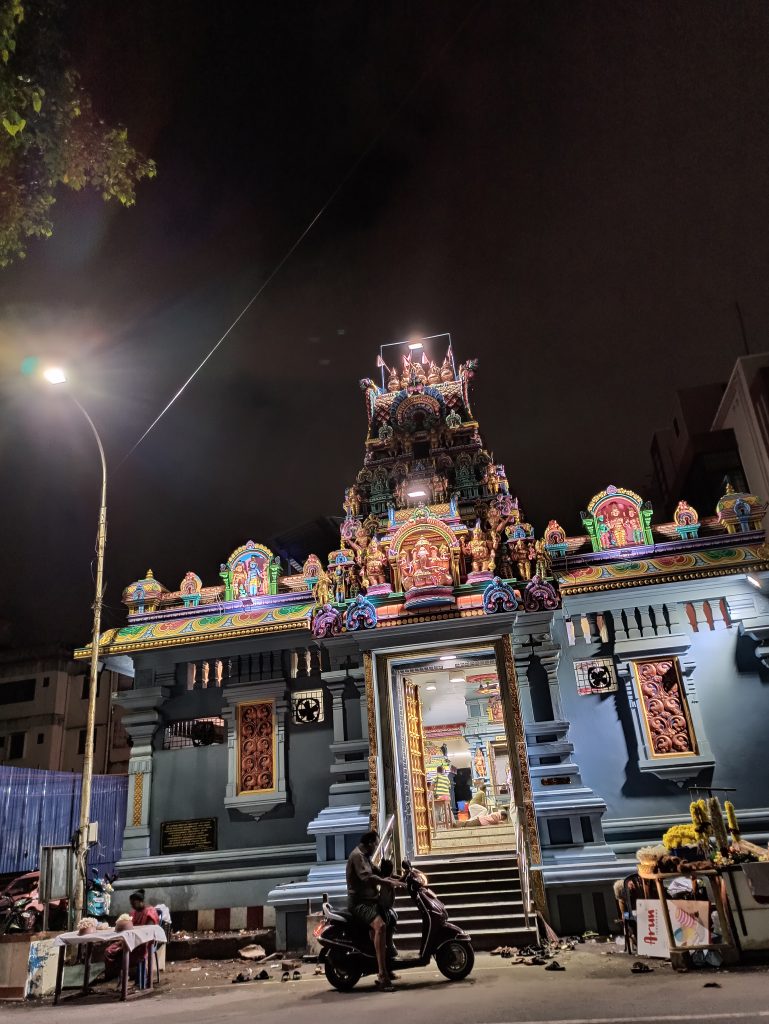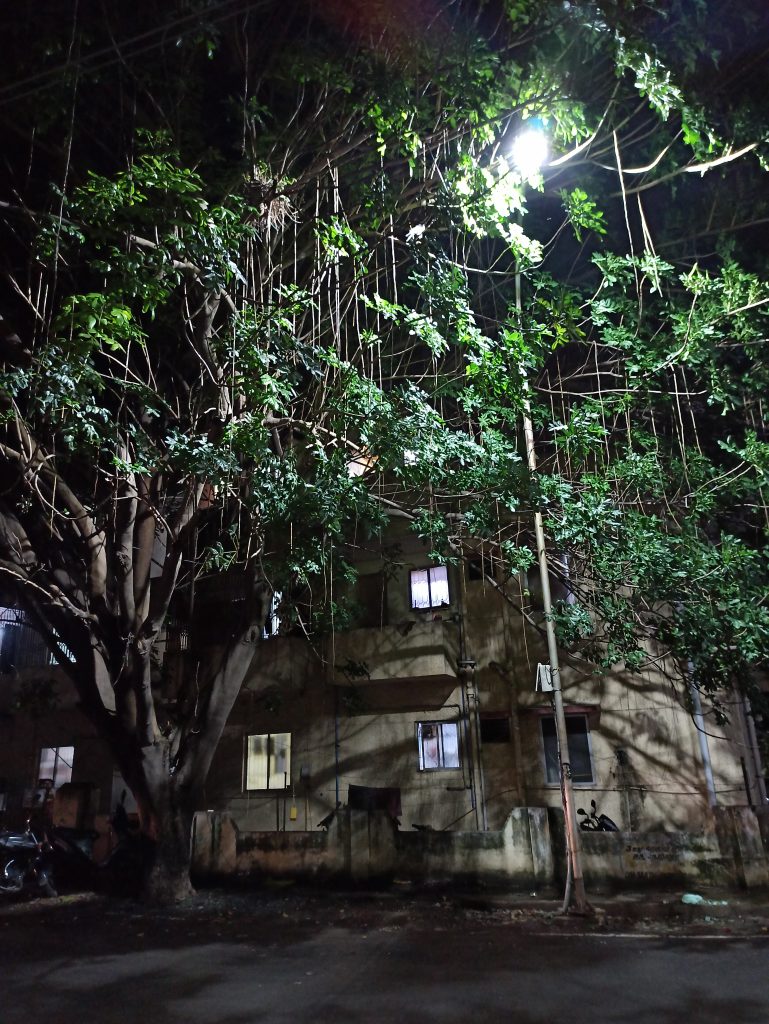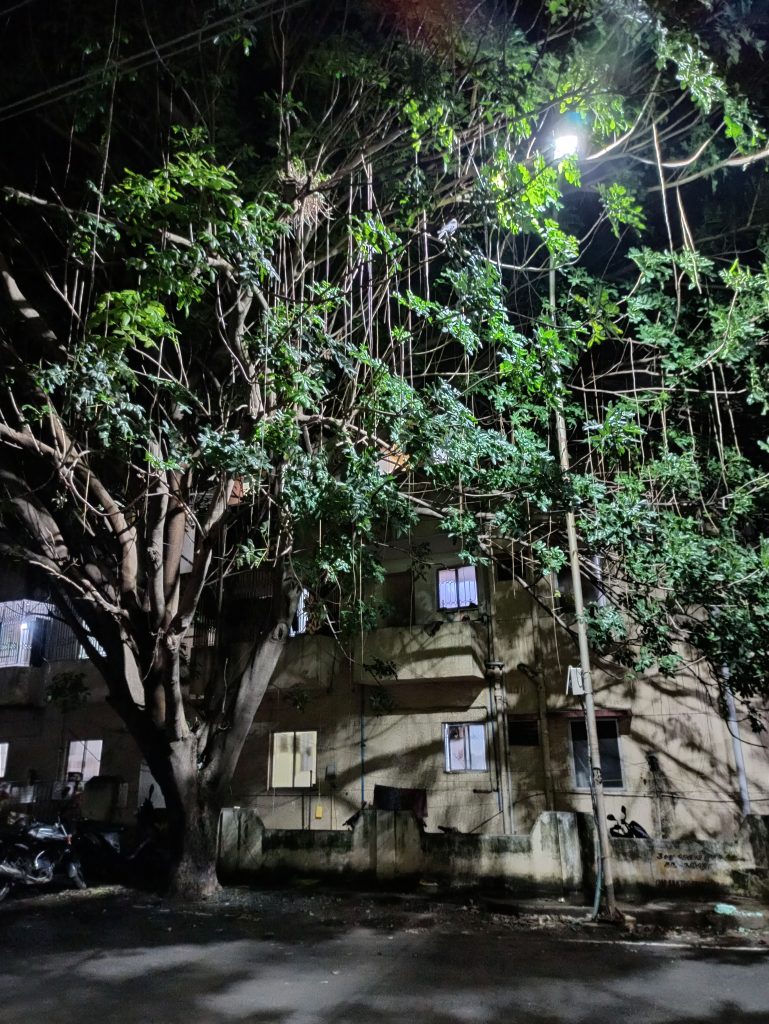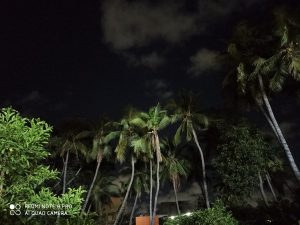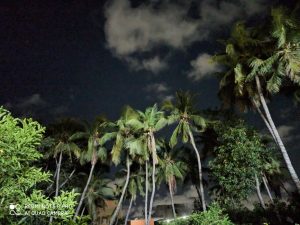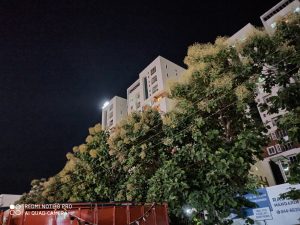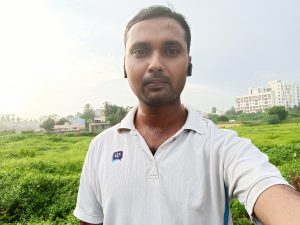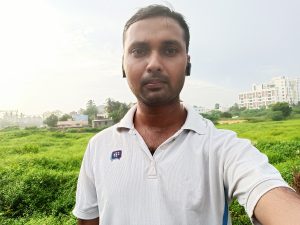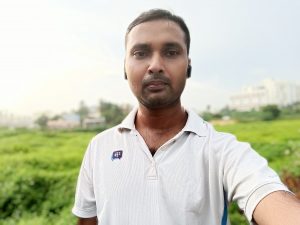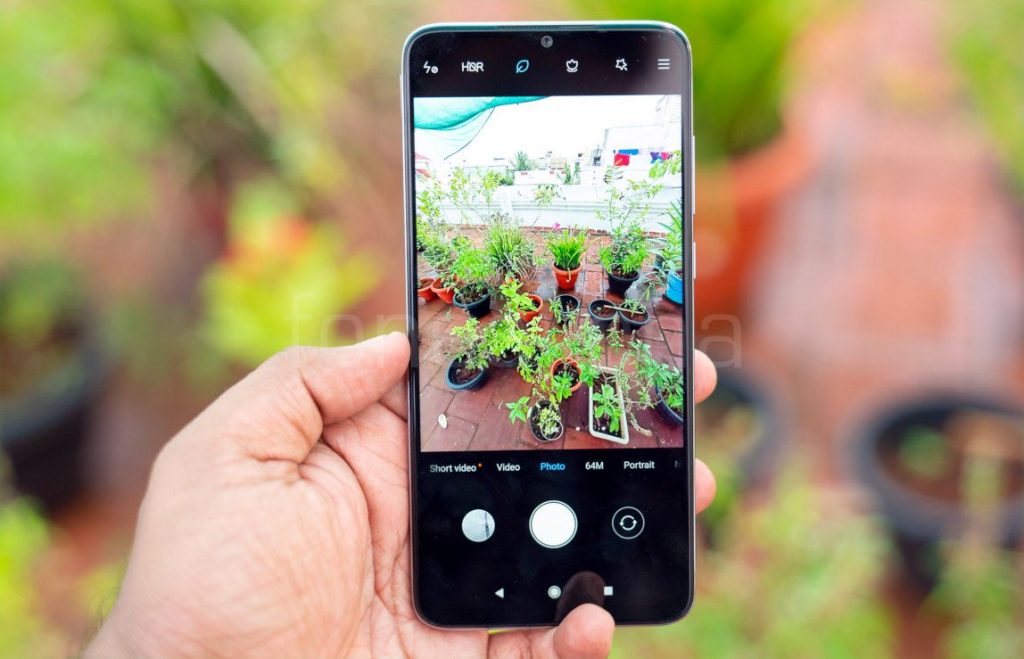
Xiaomi’s Redmi brand launched the Redmi Note 8 Pro smartphone in India last week starting at Rs. 14,999. We already brought you the first impressions of the phone, here we have the camera samples from the phone. The phone packs quad rear cameras, that includes a main 64-megapixel primary rear camera with single LED Flash, 1/1.72″ Samsung GW1 ISOCELL sensor with Smart ISO and ISOCELL Plus technology, 0.8μm pixel size, f/1.8 aperture, has support for PDAF, EIS along with a secondary 8-megapixel camera with 120° ultra-wide angle lens with f/2.2 aperture, 1.12μm pixel size and a 2-megapixel depth sensor for portrait as well as 2-megapixel camera for 2cm macro with 1.75μm pixel size and f/2.4 aperture. It has a 20-megapixel front-facing camera with 0.9μm pixel size and f/2.0 aperture.

Since it has a large sensor, there is a slight camera bump. The camera UI is familiar with other Xiaomi smartphones running MIUI 10 with flash, HDR, AI, Macro mode, color modes (Normal, Vivid, Film, Amour, Latte, Sun, Cookie, Calm, Soda, Gourmet, Glow, Berries, B&W and Fade) on the top. Pressing the menu option shows camera frame, timer, tilt-shift, straighten and Google lens. There is a front camera toggle on the bottom along with option to select modes such as Slow motion, Short Video, Video, Photo, 64MP, Portrait, Night, Panorama and Pro mode to adjust white balance, focus, shutter speed (1/1000s to 32 seconds), ISO (100 to 3200) and option to select main, ultra-wide and macro lens. Beautify option for the front camera lets you adjust several features, in addition to smoothness.
Xiaomi has enabled Cam2API by default so you can side-load ported Google Camera APKs for advanced editing including RAW capture. Since the phone uses a MediaTek SoC, it is hard to find a working GCam port. We tried a few, and none of them worked perfectly.
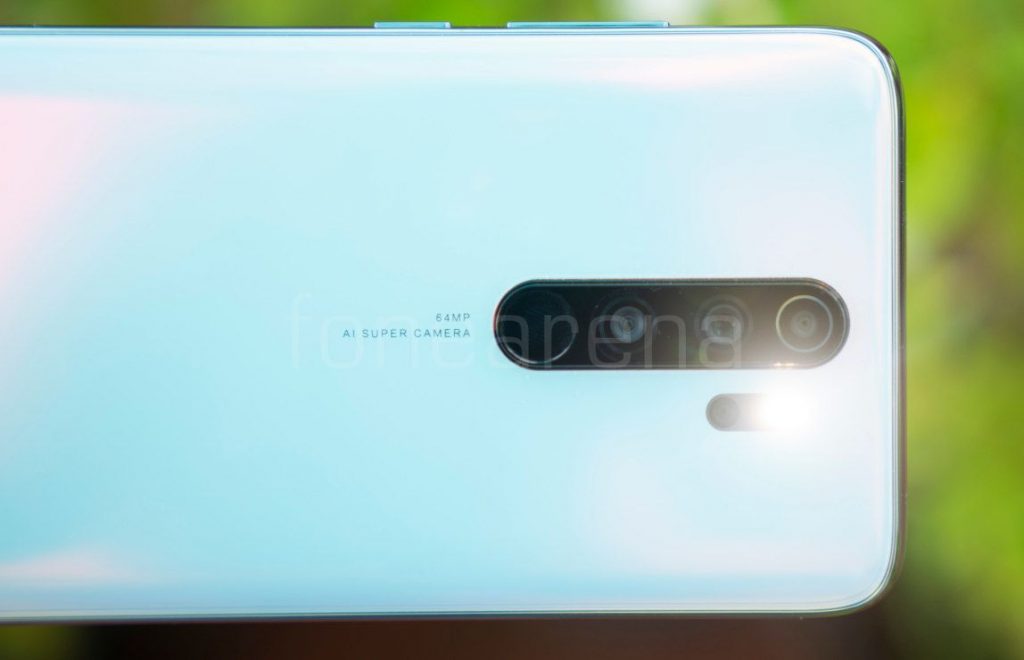
Coming to the image quality, daylight shots came out well with good dynamic range, thanks to the large sensor. After pixel binning you get 16MP output. HDR shots are better with improved dynamic range, and macro shots are good as well with good amount of details. The dedicated 2MP macro sensor does an amazing job in capturing the details without any blur even when you go as close as 2cms, but some times the colors are a bit over saturated. Wide-angle shots are good as well, and the portrait shots have good edge detection. 64MP mode that offers a lot of details, but some images can go up to 30MB in size. That’s the reason we couldn’t upload a sample in WordPress, but we have uploaded it on Flickr and embdedded it. Even though there is no telephoto lens, it uses the software for offering 2x zoom, which might be handy sometimes.
Low-light shots are good, thanks to 4-in-1 Super Pixel technology that lets the camera’s sensor hardware combine 4 pixels into a single 1.6μm large pixel, and the night mode is even better making the images brighter offering more details, but there is noise when there is hardly any light. Images with flash are good and the flash is not overpowering. Daylight front camera shots are good, and low-light shots are just average. The output is 20MP in resolution, but the image size is around 4MB. Portrait shots have decent edge detection.
Check out the camera samples (Click the image to view the full resolution sample.).
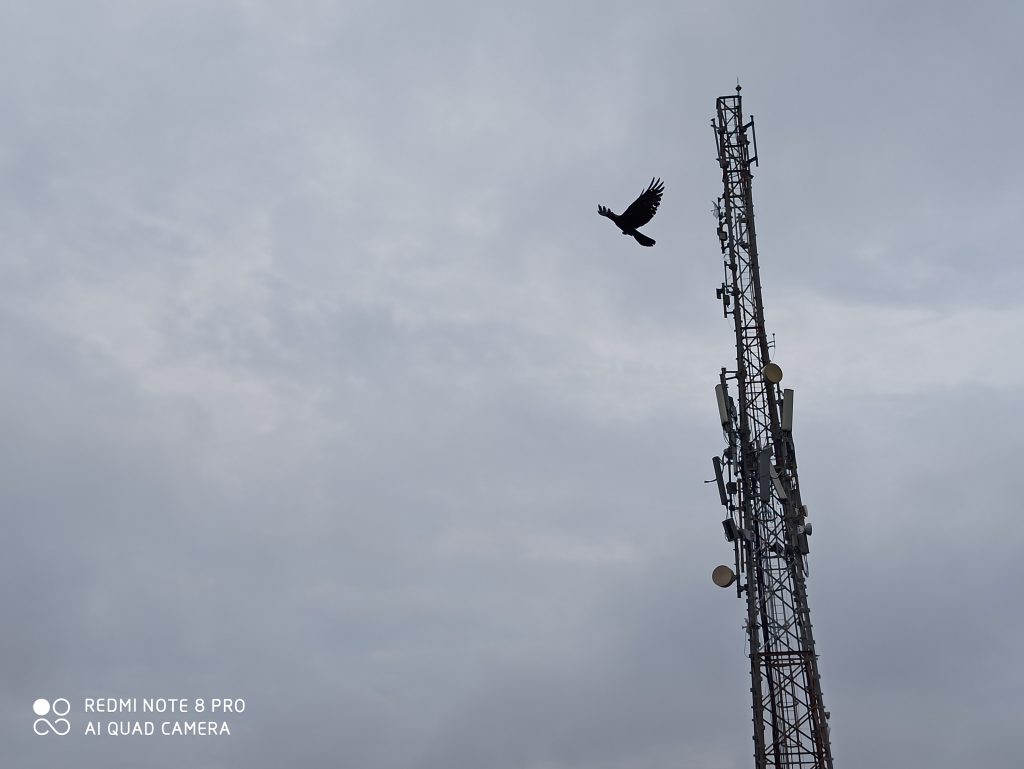
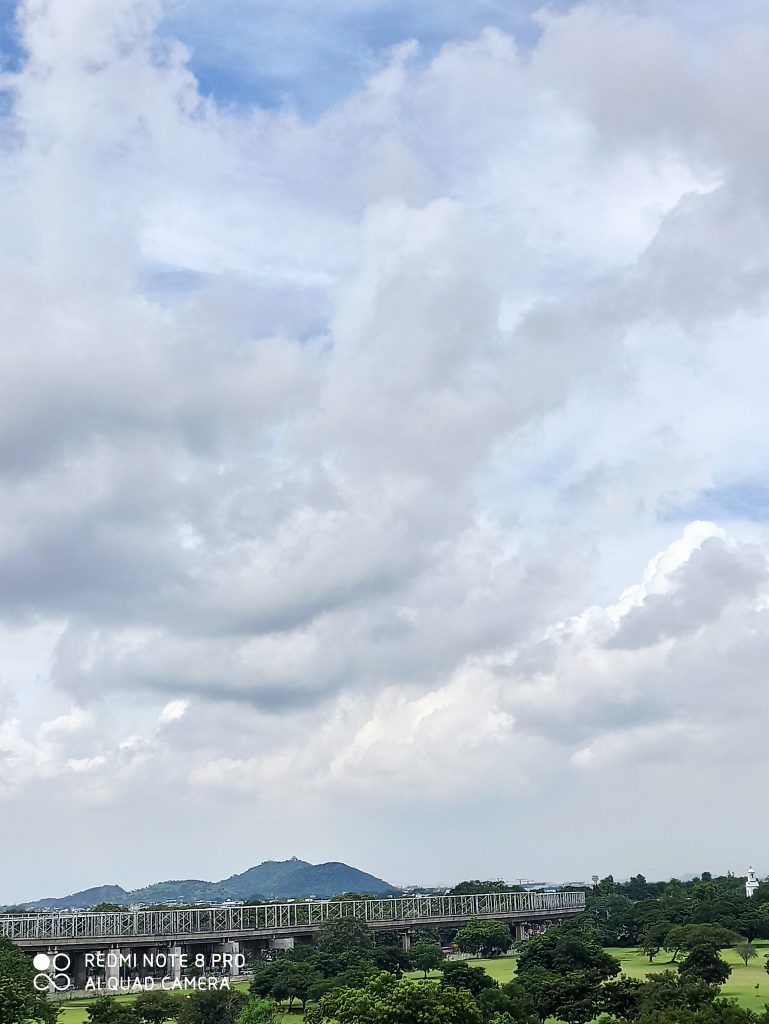
64MP
Macro Camera
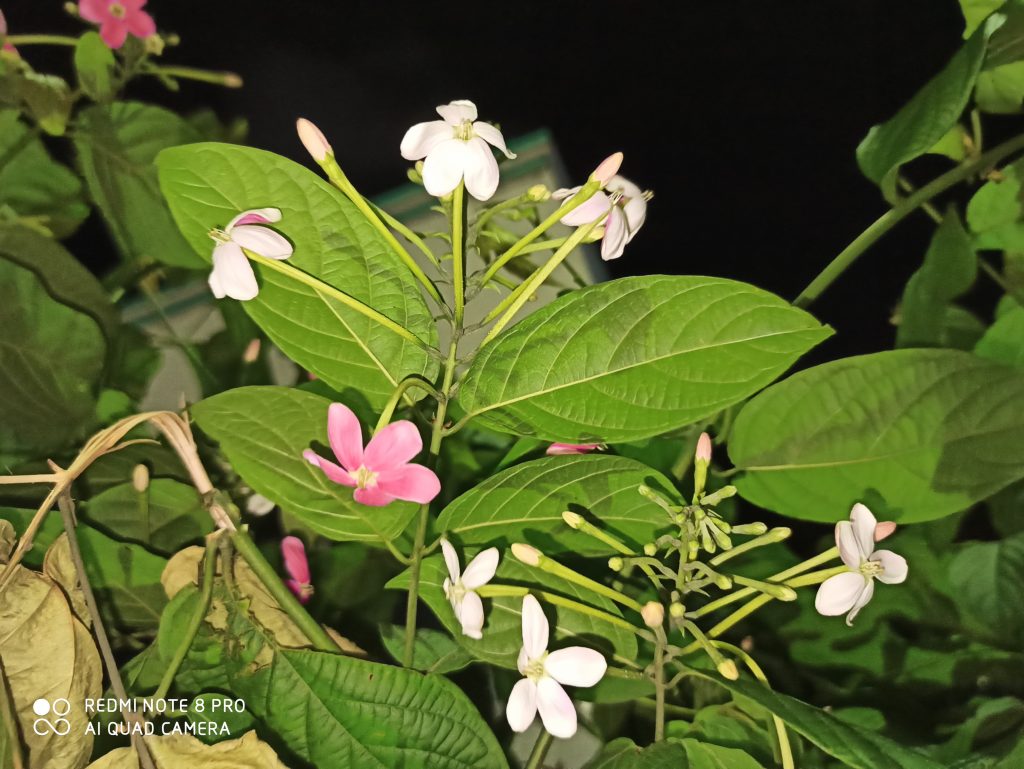
It can record videos at 4k resolution at 30 fps, 1080p at up to 60 fps, and it also has slow motion 720p resolution video recording at up to 960fps, but this should be 240fps converted into 960fps since the MediaTek Helio G90T officially supports only up to 240fps slow motion recording. You can also shoot 720p videos using the macro camera and 1080p 30 fps videos using the ultra-wide camera. Check out the video samples below.
Full review of Redmi Note 8 Pro will be up soon.


